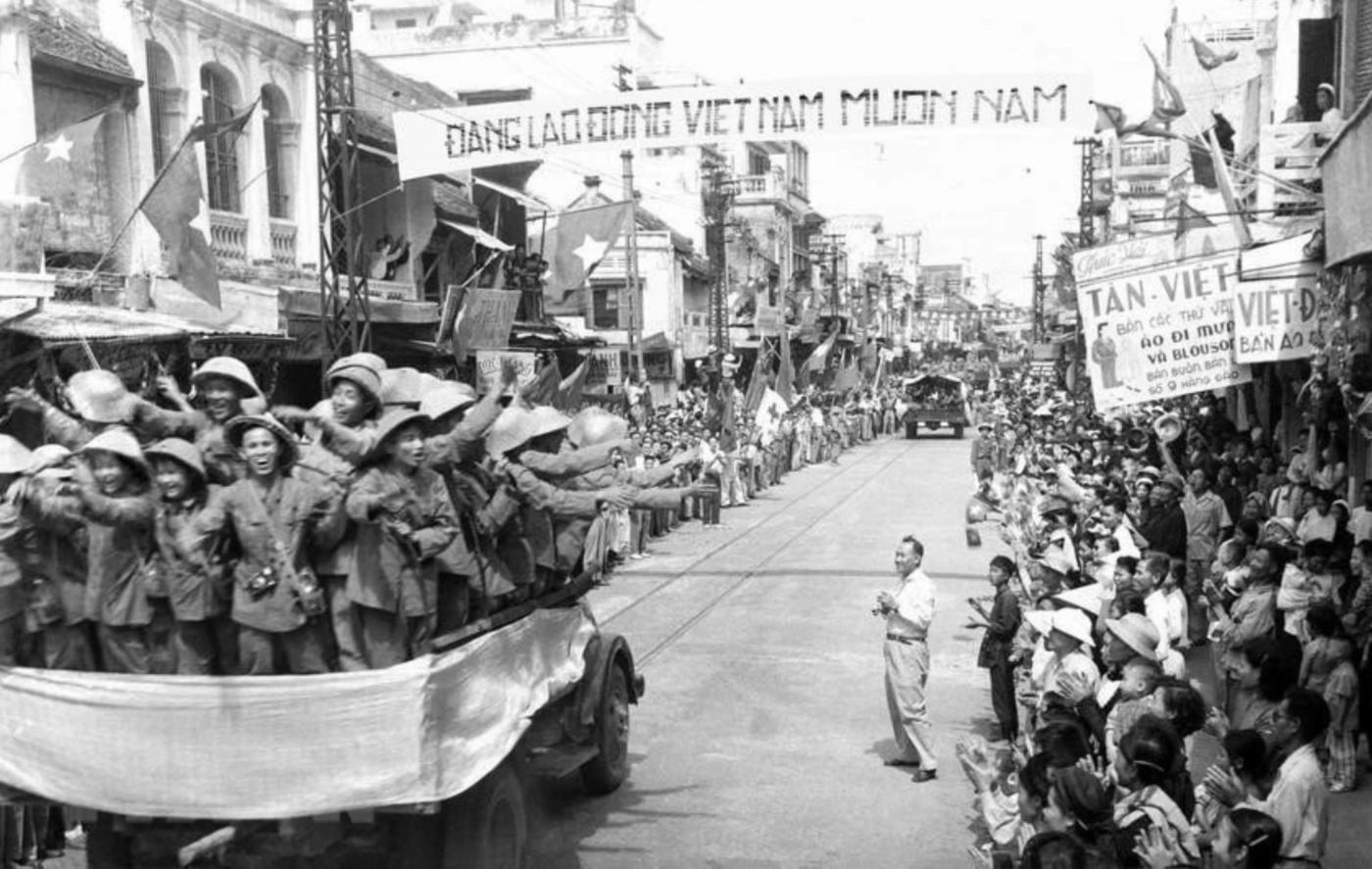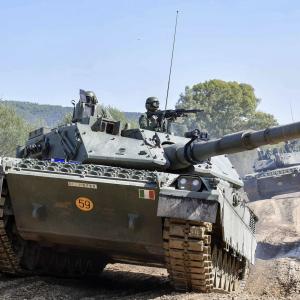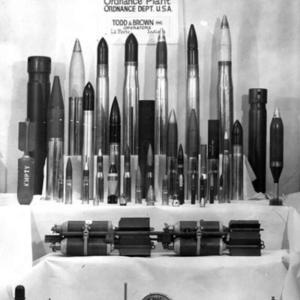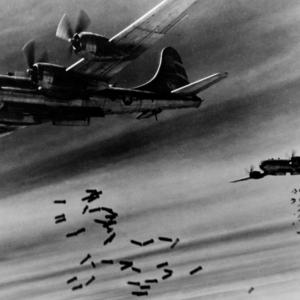
On this day in military history…
On October 10th, 1954, Hanoi was officially liberated from French colonial rule, marking a decisive turning point in Vietnam's long struggle for independence. This moment, though often overshadowed by the later stages of the Vietnam War, was a seminal event in Vietnamese history. It was not part of the American-led phase of the conflict, but rather the culmination of the First Indochina War between the Viet Minh and French forces. The liberation of Hanoi was the result of years of resistance, careful planning, and strategic patience on the part of the Vietnamese nationalists, particularly the leadership of the Viet Minh under Ho Chi Minh and General Võ Nguyên Giáp.
The First Indochina War had raged since 1946, pitting the French colonial forces against the Viet Minh, a nationalist-communist resistance movement that had been growing in strength since World War II. After nearly a decade of guerrilla warfare, the tide turned dramatically in 1954 with the Viet Minh's victory at the Battle of Điện Biên Phủ in May. This crushing defeat of the French expeditionary forces shocked the world and effectively ended France’s will to continue the war. The Geneva Conference convened shortly afterward, resulting in the Geneva Accords, which called for a ceasefire and a temporary division of Vietnam at the 17th parallel. The North would be under Viet Minh control, while the South would remain under a non-communist government backed by the West.
The accords also stipulated that French forces would withdraw from the North, including Hanoi, and that general elections would be held in 1956 to unify the country. With the French exit scheduled, the Viet Minh prepared to take over the capital. On October 9, 1954, the last French soldiers departed Hanoi. The following morning, October 10, the People’s Army of Vietnam, under the command of General Vương Thừa Vũ, marched into the city in an orderly and disciplined fashion. An estimated 20,000 troops entered Hanoi in a carefully coordinated operation, designed to present a show of national unity and military professionalism. There were no major confrontations; the transition was largely peaceful, a testament to the diplomatic framework of the Geneva Accords and the Viet Minh’s internal control.
The liberation parade was held on the same day, with General Vũ presiding over the celebrations. The Viet Minh troops were met with cheers, flowers, and support from a population that had endured nearly a century of colonial subjugation. Ho Chi Minh himself did not immediately return to Hanoi, having remained in the Viet Bac resistance zone during the final years of the war, but his leadership and ideological guidance were central to the moment. The arrival of the People's Army signaled not only the end of French rule in Hanoi but also the start of a new chapter in Vietnamese national identity.
Strategically, the liberation of Hanoi solidified the Viet Minh’s control over the North and allowed them to establish the Democratic Republic of Vietnam (DRV) with its capital in Hanoi. This gave the Vietnamese communists a strong base from which to pursue their long-term goal of national reunification. The significance of controlling the capital was immense: it offered political legitimacy, access to administrative infrastructure, and a symbolic victory over colonialism. Hanoi became a center of socialist reconstruction, ideological consolidation, and military planning.
In military terms, the takeover was not a battle but a transition of power. However, it was the result of years of organized insurgency, tactical brilliance, and strategic planning by the Viet Minh high command. General Giáp’s approach to warfare—combining guerrilla tactics with large-scale offensives—had finally paid off. Units that entered Hanoi were composed mainly of battle-hardened regular troops from divisions that had fought at Điện Biên Phủ, notably the 308th and 312th divisions. These soldiers were not only militarily effective but also politically indoctrinated, which ensured loyalty to the cause and discipline during the occupation of the capital.
Politically and psychologically, October 10, 1954, marked the birth of a new Vietnamese state. It was a moment of immense national pride, celebrated annually as the “Liberation Day of the Capital.” The image of a Vietnamese army marching into Hanoi, not as a colonial puppet force but as a native liberator, resonated deeply with the Vietnamese people and anti-colonial movements across Asia and Africa. The event underlined the success of a revolution that had started from modest beginnings in the jungles and villages of northern Vietnam.
Internationally, the liberation of Hanoi also had significant consequences. It symbolized the collapse of European colonial dominance in Southeast Asia and emboldened movements elsewhere. It also deepened the Cold War divide, as the United States, refusing to recognize the DRV, began supporting the anti-communist regime in the South under Ngo Dinh Diem. The elections promised in the Geneva Accords were never held, and by 1955, Vietnam was effectively split into two hostile regimes. The DRV’s consolidation of the North, with Hanoi as its capital, laid the groundwork for the long and bloody conflict that would follow—the Second Indochina War, better known as the Vietnam War.
Thus, the liberation of Hanoi on October 10, 1954, was more than just the removal of colonial troops from a city. It was a symbolic and strategic victory for the Vietnamese independence movement, the culmination of years of sacrifice and resistance. It marked the end of French colonial rule in northern Vietnam, the emergence of a sovereign Vietnamese state in the North, and the beginning of a new and more complex phase in the country’s quest for full national unification.










